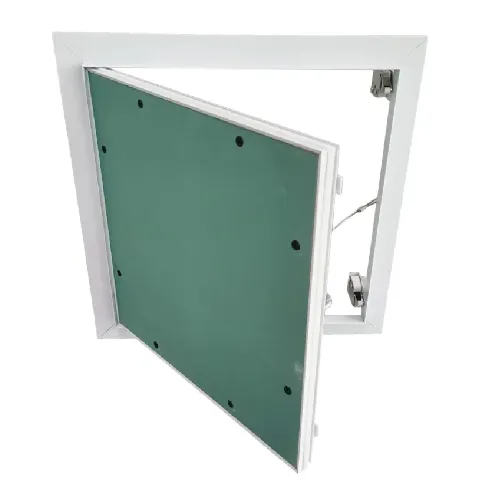Dec . 29, 2024 03:16 Back to list
Designing Innovative Ceiling Systems with Metal Grid Frameworks for Modern Interiors
Exploring Ceiling Metal Grids Design, Functionality, and Benefits
Ceiling metal grids are an essential component in modern architectural and interior design, significantly influencing both the functionality and aesthetics of interior spaces. These systems, commonly used in commercial and industrial buildings, offer a versatile solution for managing ceilings while enhancing the overall visual appeal of a space.
Understanding Ceiling Metal Grids
A ceiling metal grid system consists of a series of metal framework components that hold ceiling tiles in place. Typically made from aluminum or galvanized steel, these grids provide a strong and lightweight structure that supports various types of ceiling panels, including acoustic tiles, light fixtures, and ventilation systems. The grid systems can be laid out in a variety of patterns, allowing for flexibility and creativity in design.
Design Flexibility
One of the most significant advantages of ceiling metal grids is their design versatility. Architects and designers can create various ceiling configurations, from traditional grid layouts to more sophisticated, custom designs. This flexibility enables the incorporation of various materials and finishes that can complement or contrast with the overall design theme of a space. From sleek modern offices to rustic industrial lofts, metal grids can support a wide array of design concepts.
Moreover, these systems allow for easy integration of other elements, such as lighting fixtures, air ducts, and fire suppression systems. This integration means that designers can maintain a clean ceiling look while ensuring that functional requirements are met.
Functional Benefits
ceiling metal grid

Ceiling metal grids serve practical purposes beyond aesthetics. Primarily, they provide a means of concealing wiring and ductwork, which is essential for maintaining a tidy appearance in commercial spaces. The ability to hide these functional elements helps create a more professional and polished environment.
Additionally, metal grid ceilings contribute to improved acoustics in a room. By using acoustic ceiling tiles within the grid, designers can significantly reduce noise levels, making spaces more comfortable for occupants. This is particularly important in environments such as office buildings, schools, and healthcare facilities, where noise control can impact productivity and well-being.
Another major benefit of ceiling metal grids is their ease of maintenance. Should tiles require replacement due to damage or staining, the grid system allows for quick and hassle-free access. Tiles can be easily lifted out and replaced without needing to disturb the surrounding structure, thus minimizing downtime and maintenance costs.
Sustainability and Efficiency
In an age where sustainability has become paramount, metal grid ceilings are often designed to be energy-efficient. Many ceiling tiles available for these systems are manufactured using recycled materials and are also themselves recyclable. This makes them an eco-friendly choice for modern construction projects.
The installation of energy-efficient lighting and HVAC systems within these ceilings can lead to significant energy savings. By facilitating the strategic positioning of lighting fixtures and maximizing airflow, metal grid ceilings enhance the overall energy efficiency of a building.
Conclusion
In conclusion, ceiling metal grids are more than just a structural component; they embody a balance of form and function, enhancing the design and usability of interior spaces. Their inherent flexibility allows for creativity in design while fulfilling critical practical requirements such as acoustics and maintenance. As architects and designers continue to explore innovative ways to improve building efficiency and aesthetics, ceiling metal grids will undoubtedly remain a prominent feature in contemporary architectural solutions. As we move towards sustainable design practices, their role will only grow, positioning them as a cornerstone in the future of interior architecture.
-
Quality Ceiling Trap Doors & Access Panels | Easy & Secure AccessNewsAug.30,2025
-
Durable Ceiling T Grid Systems | Easy InstallationNewsAug.29,2025
-
PVC Gypsum Ceiling: Durable, Laminated Tiles for Modern SpacesNewsAug.28,2025
-
Pvc Gypsum Ceiling Is DurableNewsAug.21,2025
-
Mineral Fiber Board Is DurableNewsAug.21,2025
-
Ceiling Tile Clip Reusable DesignNewsAug.21,2025







